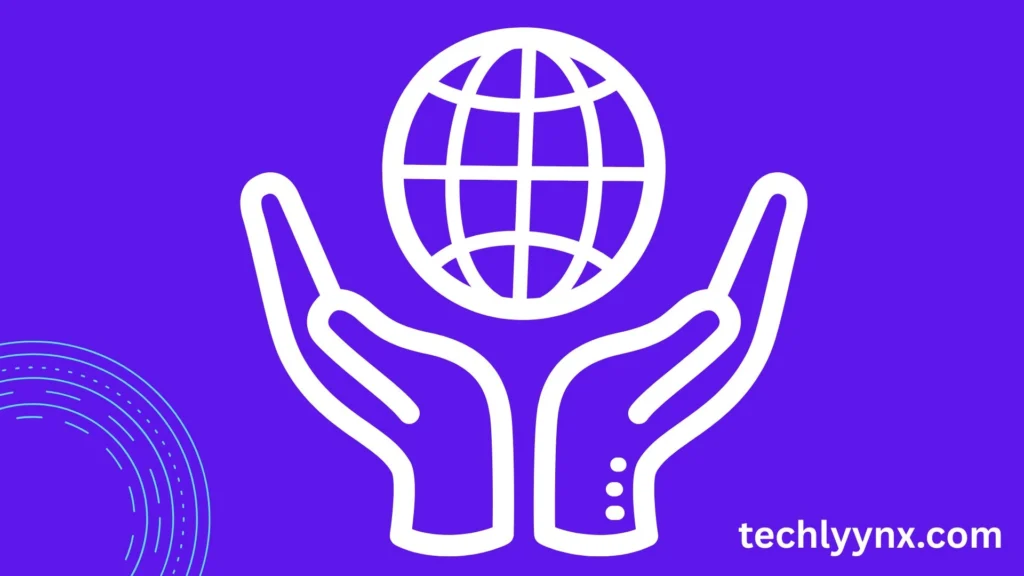Technology is now the foundation of how the world functions, not merely a tool we employ. You are surrounded by advancements that make life easier, safer, and faster whether you are at home, at work, or even on the go. The examples of technology in today’s world are numerous and varied, ranging from smart devices to renewable energy and artificial intelligence.
However, it can be difficult to determine which of the numerous new tools and systems are actually worth taking notice of. We’ll examine some of the most significant technological examples that are influencing how we interact, work, and live in this post.
Artificial Intelligence and Machine Learning
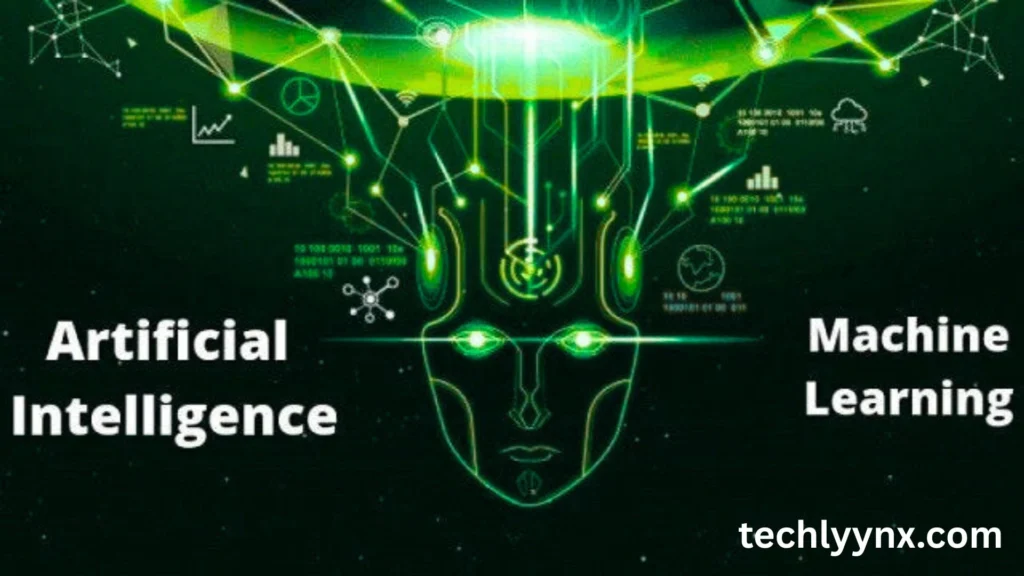
One of the most significant technological advancements of our time is undoubtedly artificial intelligence (AI). It makes it possible for computers to carry out operations like speech recognition, picture comprehension, result prediction, and decision-making that previously required human intellect. A branch of artificial intelligence called machine learning (ML) focuses on developing algorithms that can learn from data and get better over time without the need for explicit programming.
Instances in action:
For conversational AI that can compose material, respond to queries, and aid in learning, use ChatGPT and Google Bard.
Netflix’s recommendation system makes movie and TV show recommendations based on your tastes.
Semi-autonomous driving is made possible by Tesla’s Autopilot and Full Self-Driving.One of the most advance examples of technology.
Why it matters:
Technology that facilitates effective communication is essential for personal relationships, healthcare, education, and business. It has facilitated industries during the remote work revolution and made international collaboration easy.
Challenges:
As hackers target communication systems, security and privacy threats are increasing. Businesses and users alike need to put robust cybersecurity and encryption safeguards in place.
Medical and Healthcare: Oldest Examples of Technology
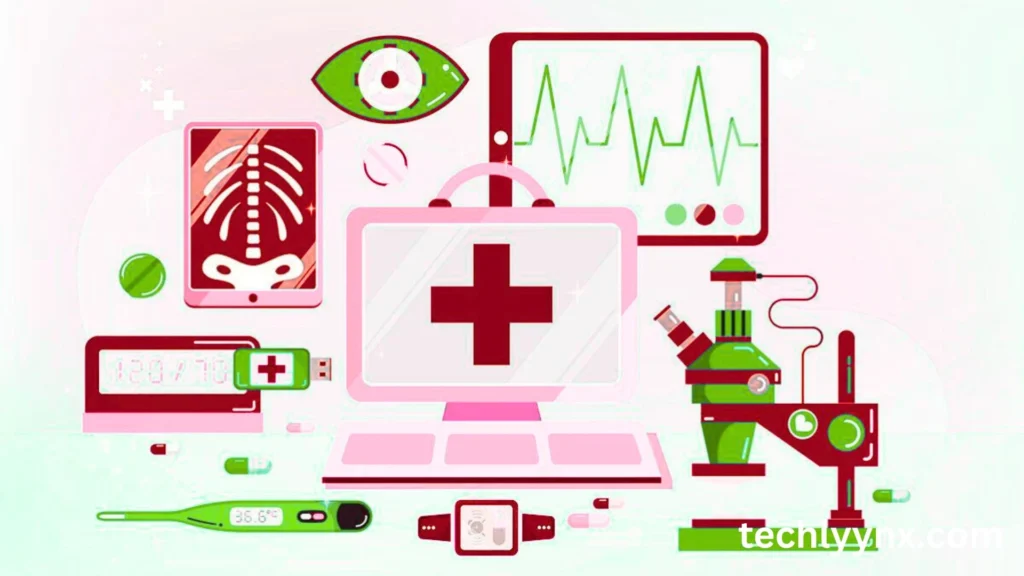
Advanced technological developments have led to revolutionary advancements in healthcare. These developments enable medical professionals to identify illnesses early, treat patients more successfully, and provide healthcare to even the most remote areas.
Instances in action:
- Advanced medical imaging for precise diagnosis is provided by MRI and CT scanners.
- Virtual consultations are made possible by telemedicine platforms such as Doctor on Demand and Teladoc.
- Fitbit and Apple Watch are examples of wearable health devices that track oxygen levels, heart rate, and sleep quality.
Minimally invasive operations can be carried out by surgeons thanks to robotic surgery systems like the da Vinci Surgical System.
Why it’s important:
These technologies save lives, reduce healthcare costs, and make medical expertise accessible globally. They also empower individuals to track and manage their own health.
Challenges:
While technology improves healthcare, it also raises issues like patient data privacy, high costs of advanced devices, and the need for constant maintenance and training.
Smart Home and Consumer Technology
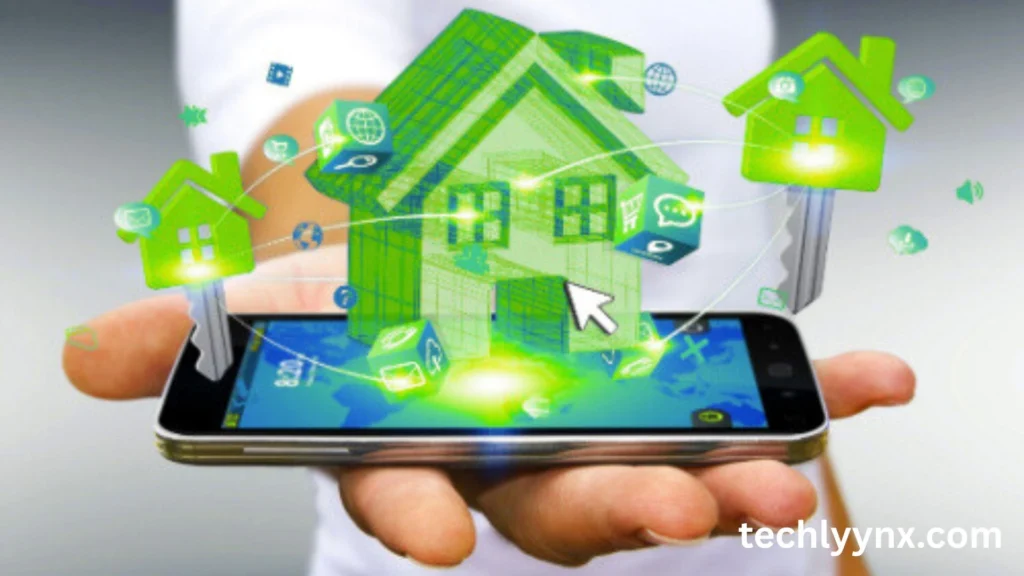
Smart home devices bring automation, security, and energy efficiency to everyday life. These gadgets have moved from being luxury items to essential tools for many households.
Examples in action:
- Amazon Alexa and Google Home – voice-activated assistants that control lights, appliances, and security systems.
- Nest Thermostat – automatically adjusts temperature to save energy.
- Ring Video Doorbell – offering real-time video monitoring of your front door.
- Smart Refrigerators – tracking food inventory and suggesting recipes.
Why it’s important:
These tools enhance convenience, improve security, and save on utility costs. They’re also becoming more affordable and accessible, allowing wider adoption.
Challenges:
Privacy is a significant concern, as many smart home devices collect data. Ensuring secure connections and disabling unnecessary data sharing is essential.
Industrial and Manufacturing ; One of The most Famous Examples of Technology
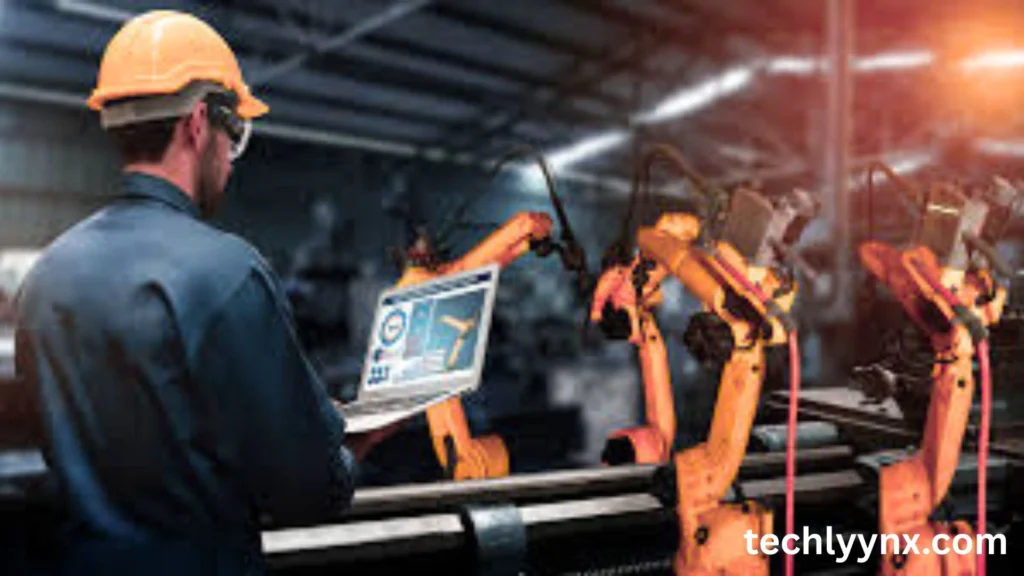
Industry 4.0, which combines automation, data, and sophisticated machinery to improve production efficiency, is revolutionizing the industrial industry. Industrial developments are therefore among the most important technological examples for world economy.
Instances in action:
- Robotic arms used on auto assembly lines to increase speed and accuracy.This is one of the great examples of technology
- 3D printing can be used to make medical implants, custom parts, and prototypes.
- Digital twins are virtual representations of equipment and systems that are used for testing and improvement prior to deployment.
IoT-enabled sensors: keeping an eye on the condition of equipment to avoid malfunctions.
Why it matters:
These technologies cut expenses, enhance quality, and minimize waste. They also make speedier production cycles and mass customisation possible.
Challenges:
Adoption may be slowed, particularly for smaller businesses, by high setup costs and the requirement for skilled labor.
Transportation Technology
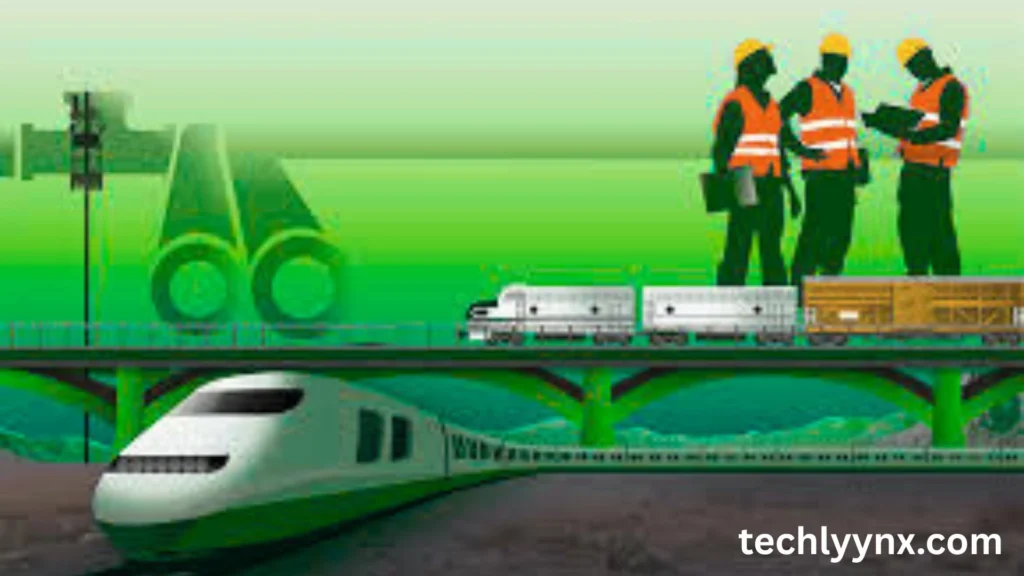
Transportation is becoming smarter, cleaner, and more efficient. From electric vehicles to autonomous systems, this is one of the most fast-moving areas in technology.
Examples in action:
- Tesla and Lucid Motors EVs – eco-friendly electric cars.
- Hyperloop Concepts – ultra-fast vacuum tube transportation.
- Waymo Autonomous Taxis – self-driving ride-sharing services.
- Electric Buses – reducing emissions in public transport.
Why it’s important:
Cleaner transportation reduces environmental damage, improves mobility, and decreases dependency on fossil fuels.
Challenges:
Infrastructure for charging and safety regulations for autonomous vehicles are still catching up.
Conclusion
Technology is about changing how we live and work, not just about devices and apps. A quicker, brighter, and more connected future is coming by the most significant technological advancements of our time, from artificial intelligence and renewable energy to advancements in healthcare and industry.
Students, professionals, and companies may get ready for a future where success depends on adaptability by learning about these technologies and their uses. Those that continue to learn about these developments will have the advantage of staying ahead of the curve as the world continues to change.

